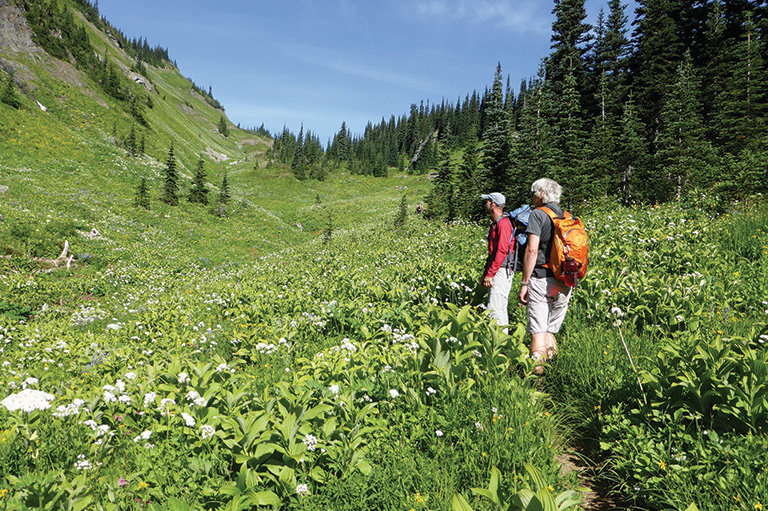Polish Stronghold
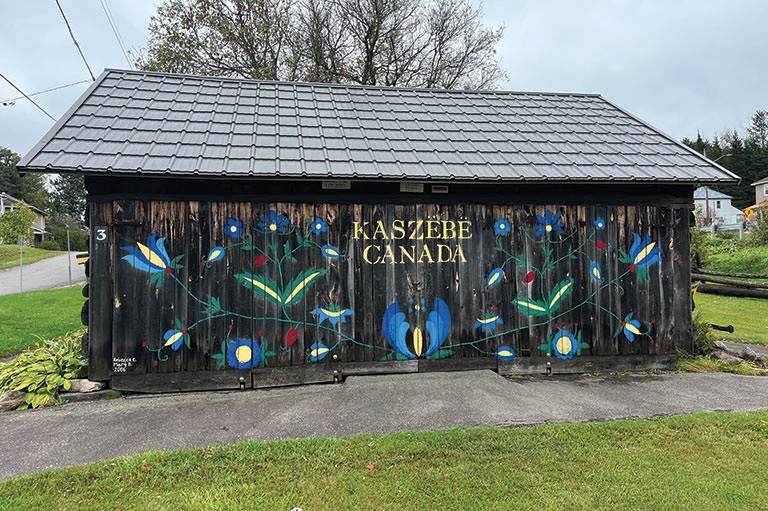
It’s hard to say exactly when it dawns on me that I’m somewhere distinctly different — that the familiar Scottish-Irish-English-French characteristics of the Upper Ottawa Valley give way to something else altogether. It could be the wooden crucifixes, more than double my height, that I spot beside the winding roads. It could be the names of the roads themselves — Olsheski, Dombroski, Kopernik — or the folk art on the side of a barn.
But no, the moment when it’s clear that the area around the community of Wilno, Ontario, has a history all its own is the appearance of what looks like a ruined church standing on a mound in a field. Intrigued, I turn the car around and enter the deserted site, the sky glowering grey.
With 7 uniquely curated newsletters to choose from, we have something for everyone.
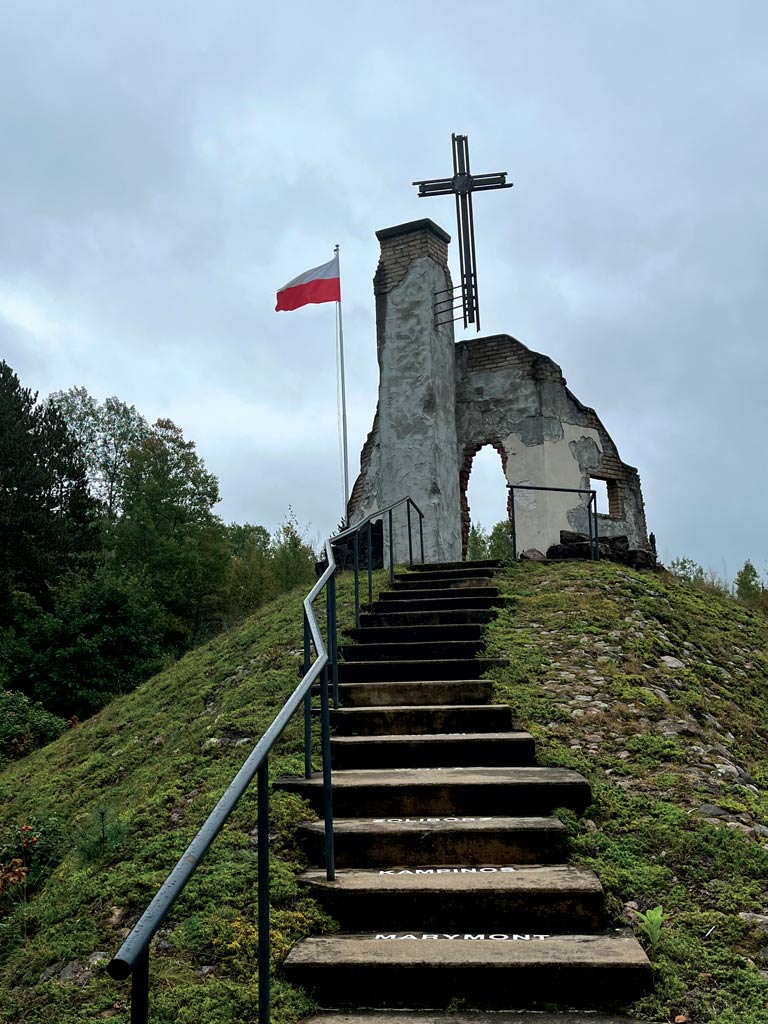
The structure that attracted my attention turns out to be a monument recreating a largely destroyed building and set at the top of a flight of steps, each of which bears the name of a street in Warsaw, Poland. It’s a tribute to the Grey Ranks — Boy Scouts and Girl Guides who died in the 1944 Warsaw uprising against German occupation.
The fact that the Polish-Canadian community chose this location to erect the Szare Szeregi monument in 1995 is a testament to the enduring Polish roots in the area about a two-hour drive west of Ottawa. Those roots are firmly planted in the village of Wilno — now universally pronounced with a “w” sound, even though for many generations it was said “Vilno,” the old-country way.
In fact, the earliest settlers were Kashubs, having come from the Kashubia region (sometimes spelled Cassubia, or Kaszëbë in their own language) of what was then part of Prussia but is now in northern Poland. When they settled on unceded Algonquin territory in 1858, the newcomers were the first Kashubs in Canada. Six years later, Poles from the Galicia region joined them.
Advertisement
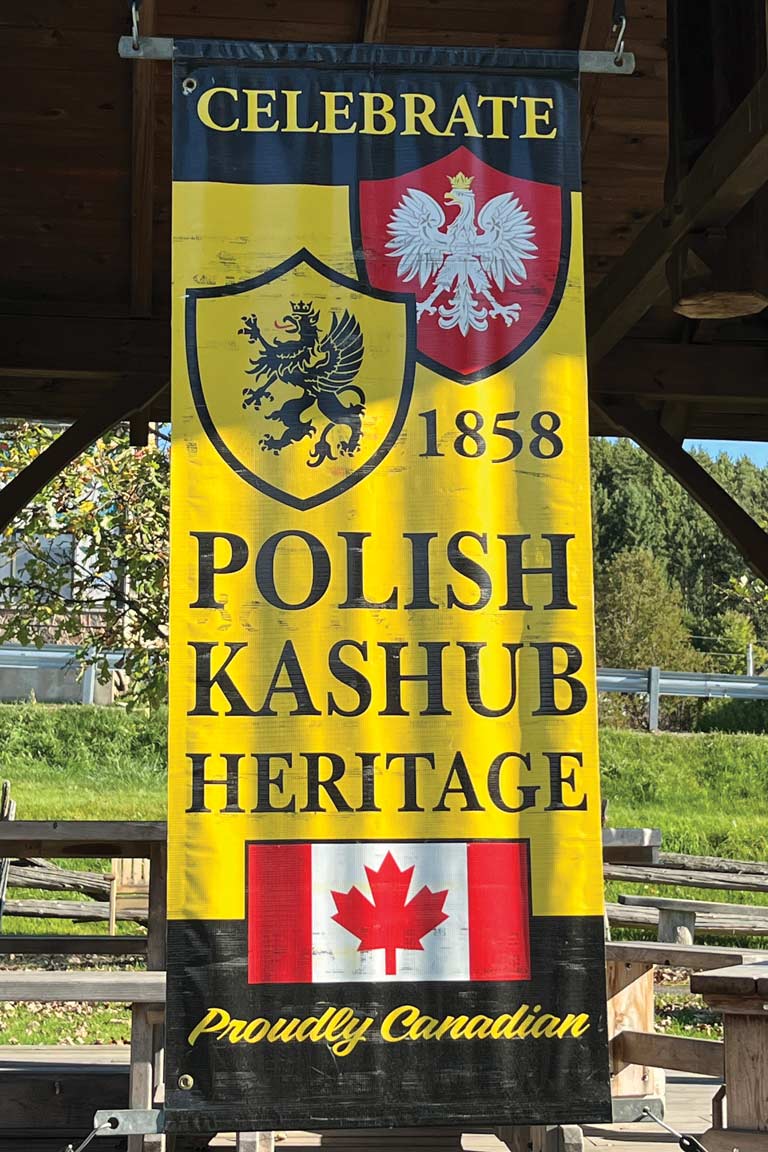
The history of these groups is highlighted in the lovingly restored log buildings that make up the Polish Kashub Heritage Museum and surrounding heritage park in Wilno. They sit on the location of the former railway station, the tracks now long gone. Stones bearing the names of many of the earliest families are nestled among the flower beds, while banners with the Kashub black griffin on a gold background snap in the breeze.
The museum provides a window into generations of everyday life that were rife with hardship and infused with Roman Catholic faith. It also celebrates the distinctive culture that’s evident in everything from the floral embroidery and renowned Wilno furniture to a homemade device used to cut cabbage for sauerkraut. Brochures are available regarding different aspects of local history, with several of them in Polish as well as English.
Across busy Highway 60 stands the inevitable counterpart of the lost railway station: A former hotel, now the Wilno Tavern, is beloved for its hearty Polish food and live-music nights. Originally known as the Exchange Hotel, it is painted with typically Kashubian winding flowers.
Nearby, St. Mary Catholic Church is the successor to the many smaller churches that once dotted the area. Its hilltop location provides a breathtaking backdrop as I wander the peaceful grounds and cemetery. Inside the church, the altar cloth is decorated with Kashubian embroidery. Mass is still offered in Polish once a week.
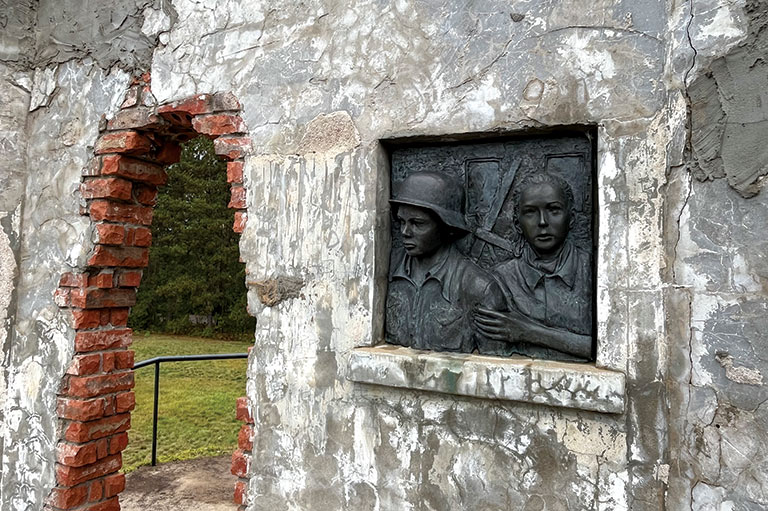
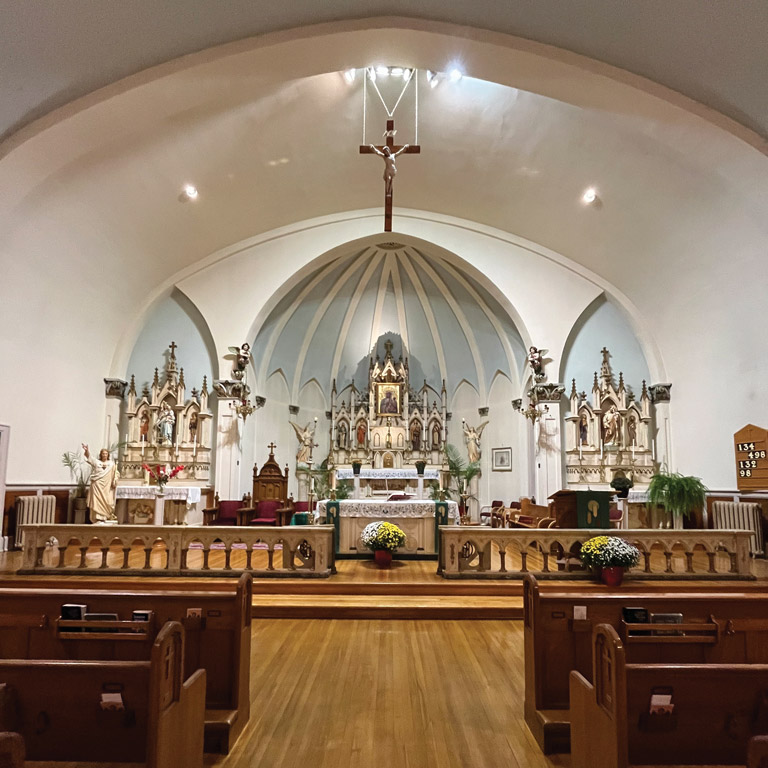
A short distance east, a tall wooden crucifix — also perched to take advantage of the vista — marks the arrival of about three hundred Polish settlers to the area in 1864. The region is still popular among Polish Canadians who have their own cottage communities and even a summer scouting camp.
Having been told at the museum to keep an eye out for more of these historical crucifixes, I turn north off the main road. Sure enough, I soon spot a tall, weathered grey cross with the figure of Jesus, and then I see another. The second crucifix is surrounded by an equally neat, equally weathered wooden fence. Mist all around gives the scene a timeless quality that’s reinforced by the crucifixes — which were erected both to keep travellers safe and to provide people with a place to pray when they couldn’t make it to church.
Now that I know a bit more about the unique history of Wilno and the surrounding area, that feeling of timelessness gives me the impression that I’ve been let in on a secret, thanks to the pride of the people who continue to share the stories of those others who came before to this remarkably beautiful region.
IF YOU GO
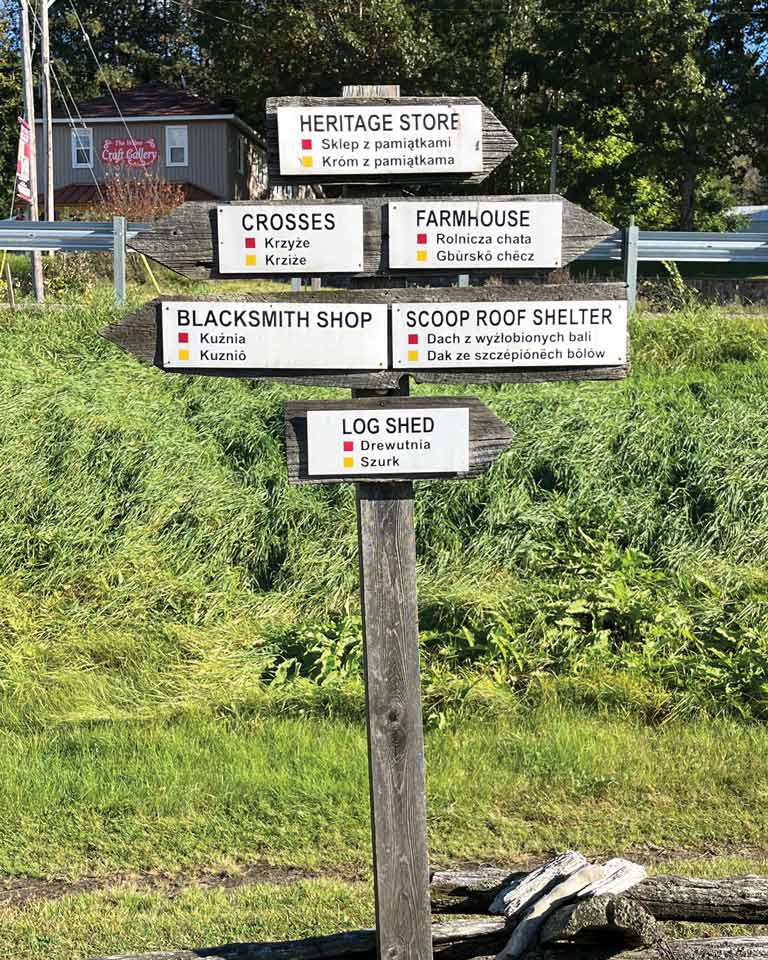
GETTING THERE: Wilno is two hours west of Ottawa via highways 417 and 60.A paper map is recommended for exploring the area, because cellphone reception is iffy amid the hills. The Polish Kashub Heritage Museum is open from 11:00 a.m. to5:00 p.m. daily in July and August, or on weekends in late June and early September. Admission is two dollars.
EAT AND DRINK: Bring your appetite to tackle the excellent Polish-Kashub specialties at the Wilno Tavern Restaurant(which is closed on Wednesdays). Or head to the home of the Beaver Tail in nearby Killaloe, where you’ll also find lighter fare at tiny, friendly Garth’s Kitchen.
EXPLORE: Take time to soak up the views on winding backroads, whether you’re following a river, passing through a ghost town, or gazing across a vast valley. Cold War enthusiasts will be fascinated by the derelict Pinetree Line buildings at the top of the hill in the village of Foymount, southeast of Wilno, while fans of Stompin’ Tom Connors will get a kick out of venturing a little farther south to visit Mount Saint Patrick and Calabogie Lake (both are mentioned in Connors’ song about French-Canadian folk hero “Big Joe Mufferaw”).
We hope you’ll help us continue to share fascinating stories about Canada’s past by making a donation to Canada’s History Society today.
We highlight our nation’s diverse past by telling stories that illuminate the people, places, and events that unite us as Canadians, and by making those stories accessible to everyone through our free online content.
We are a registered charity that depends on contributions from readers like you to share inspiring and informative stories with students and citizens of all ages — award-winning stories written by Canada’s top historians, authors, journalists, and history enthusiasts.
Any amount helps, or better yet, start a monthly donation today. Your support makes all the difference. Thank you!
Themes associated with this article
Advertisement
You might also like...
Save as much as 40% off the cover price! 4 issues per year as low as $29.95. Available in print and digital. Tariff-exempt!






